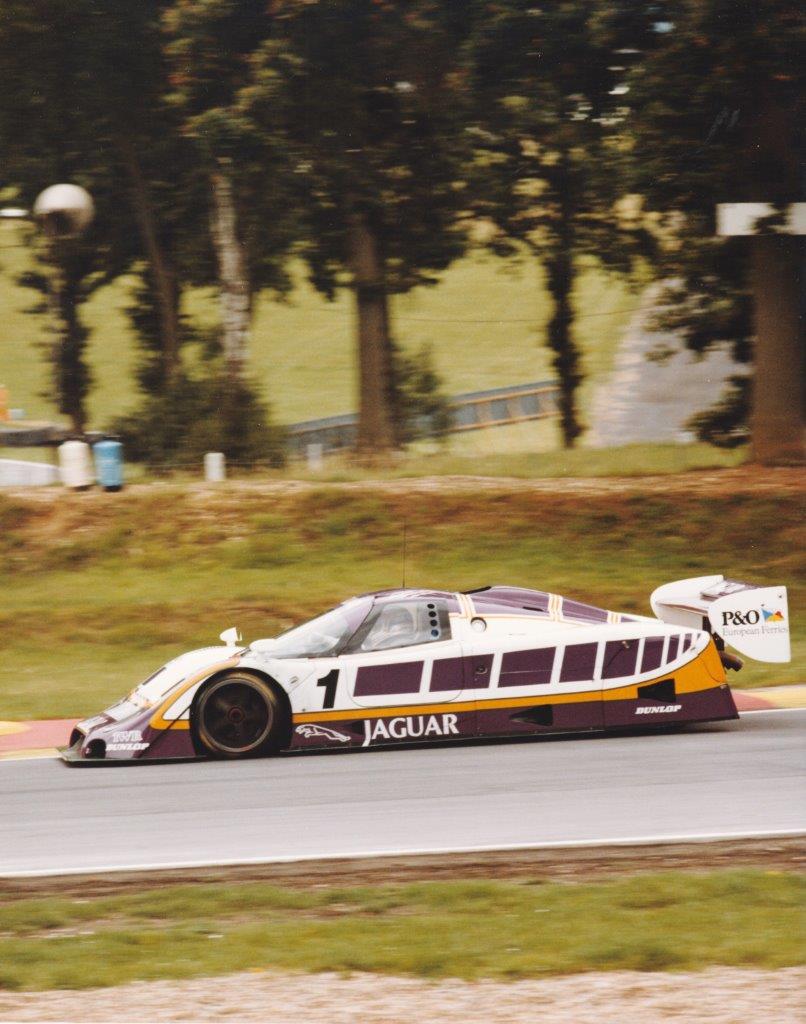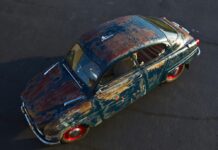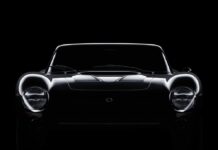In 1988 the FIA-sanctioned World Sports-Prototype Championship was an eleven-round endurance race series of 1000 kilometres held around Europe with the final two races taking place in Japan and Australia. Race wins were divided between the two most competitive Prototype teams, Sauber-Mercedes, with five victories, and Silk Cut Jaguar with seven. Numerous Porsche 962 C’s were entered by private teams, recording numerous second and third place podium finishes throughout the year.

Silk Cut Jaguar XJR-9 – WSC 1000km 1988
The remainder of the field was made up of Group C2 cars from Spice, Tiga and Argo. On July 24th the second British round was held at Brands Hatch in Kent where the Sauber-Mercedes C9/88 cars qualified in the top two places on the grid, followed by a Joest Racing Porsche 962 with the quickest of three Silk Cut Jaguar XJR-9’s, driven by Jan Lammers and Johnny Dumfries, some 2.5 seconds slower than the fastest Sauber. The second fastest Silk Cut Jaguar, driven by Martin Brundle, Andy Wallace and Danish driver John Nielsen, qualified in sixth place. In front of 30,000 spectators the 23 cars left the line with the two Sauber-Mercedes establishing an early lead. Before long they began lapping the slower cars and on lap six the Sauber of Jochen Mass arrived at full speed into Clearways only for a Group C Tiga to snap into an oversteer and slide sideways directly into his path as its driver attempted to move over to allow Mass to pass on the inside. The two cars collided, the Tiga spinning as Mass headed at unabated speed into the tyre wall barriers. The wrecked Sauber finally came to a halt in the middle of the track with the front of the car ripped off; following close behind was the Sauber of John-Louis Schlesser who managed to avoid the carnage by spinning to a halt as other competitors arrived on the scene. Following a lengthy period behind the safety car, racing resumed over a six-hour, 240-lap race of attrition during which time the Silk Cut Jaguars came to the front. The Jaguar XJR-9 was a formidable race car, designed by Derek Southgate and powered by a 720bhp 7-litre V-12 engine that was capable of catapulting the car down the Mulsanne Straight at Le Mans at 240mph. The Jaguars were prepared and entered by the TWR team with Tom Walkinshaw taking on the role of team manager. It was the XJR-9 of Brundle/Wallace/Nielsen that took the chequered flag at Brands Hatch to record the fifth win of the season, followed by a Porsche 962 and the remaining Sauber-Mercedes of Baldi/Schlesser.
The photograph shows the winning Jaguar XJR-9 of Brundle/Wallace/Nielsen rounding the 180-degree Druids Bend at Brands Hatch during the WSC 1000km race, July 1988.
From ‘Moments in Motorsport’ by Trevor Legate.










